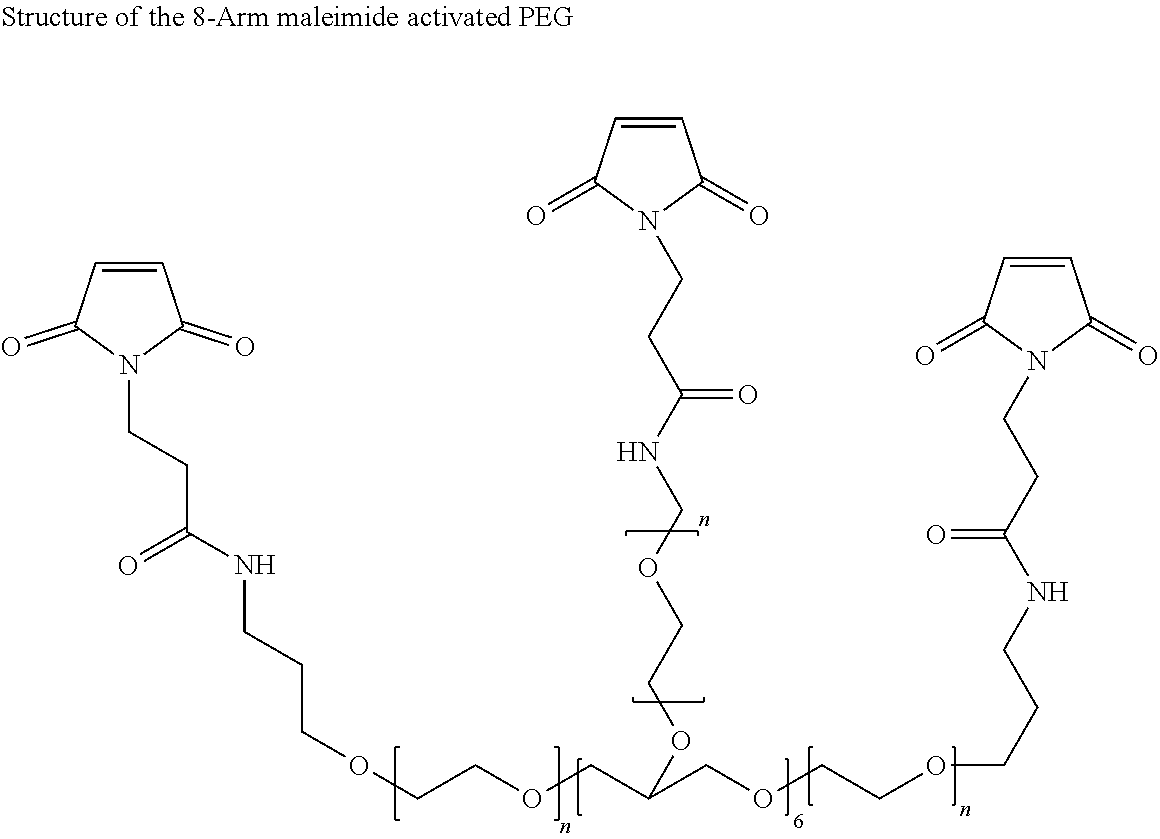Georgia Tech inventors have created a nanoscale probe and strategy for single molecule sensitive imaging of RNA. The nanoscale probe is a multiply-labeled tetravalent RNA imaging probe (mTRIP) that is highly sensitive and versatile. The probes bind rapidly to RNA and allow for single RNA sensitivity using fluorescence microscopy techniques by being delivered into the cell via cell membrane permeabilization or microinjection. The strategy developed in conjunction with the probe is to identify RNA by enhanced signal-to-background ratio achieved through binding of multiple probes per RNA. The nanoscale probe and strategy are applicable to both live and fixed cells.
- Sensitive — can image single molecules with multiple emission wavelengths
- Fast — probe is multivalent and bind to RNA in less than 10 minutes
- Low cost — the alternative dual-label probes are more expensive
- Versatile — applicable to both live and fixed cells
- RNA imaging
- Disease pathogenesis
- Gene modification and regulation
Visualizing RNA is essential to understanding regulatory mechanism of RNA processing and, therefore, gene expression. A variety of strategies exist to measure expression levels of RNA in fixed cells and live cells, such as molecular beacons and serial analysis of gene expression. In these existing strategies, molecular sensitivity, speed, and ease of implementation are qualities that need improvement.

